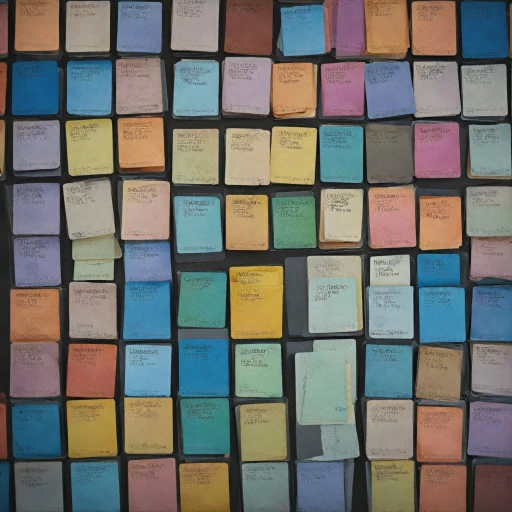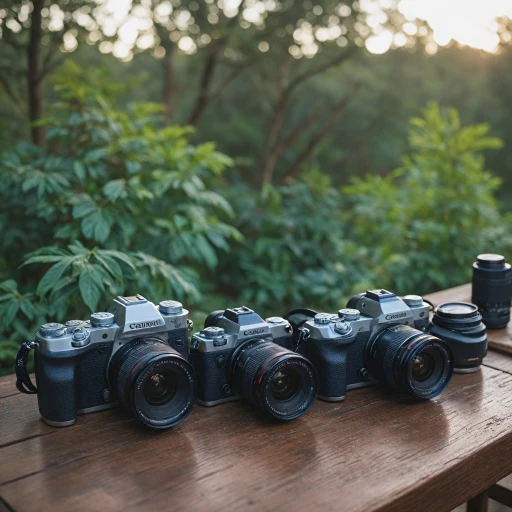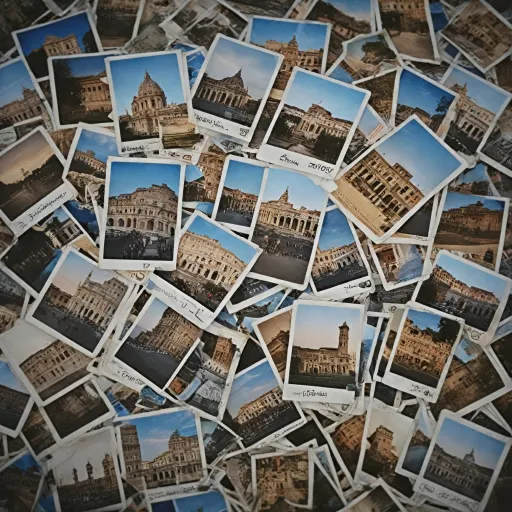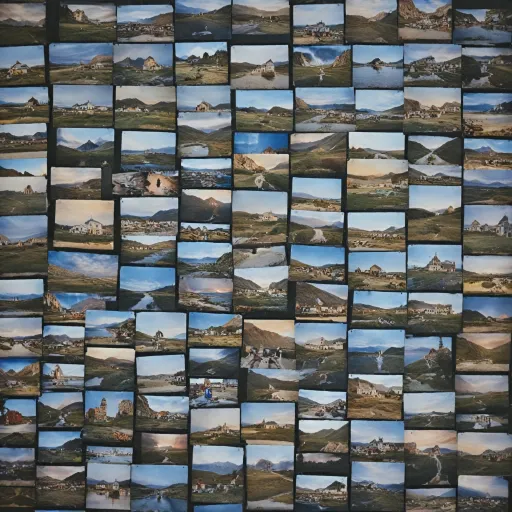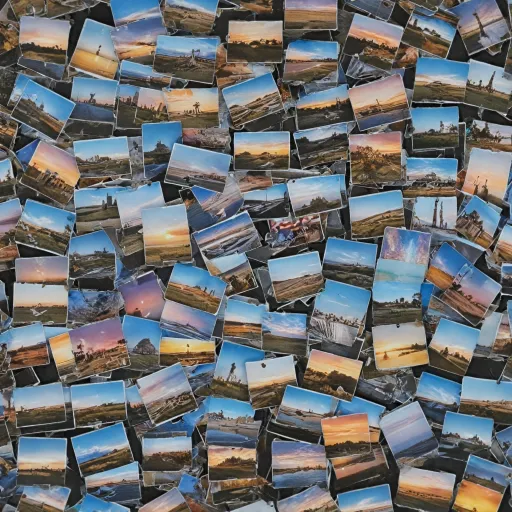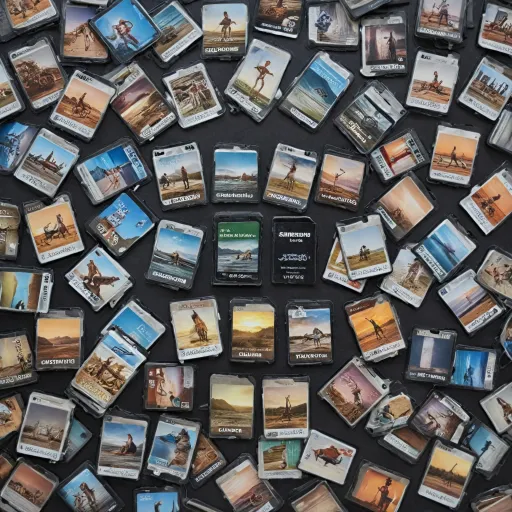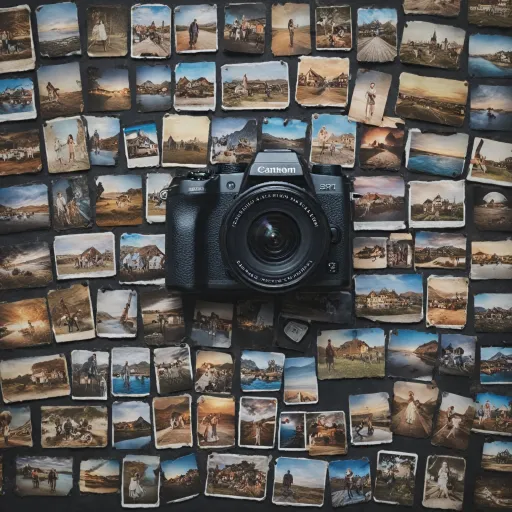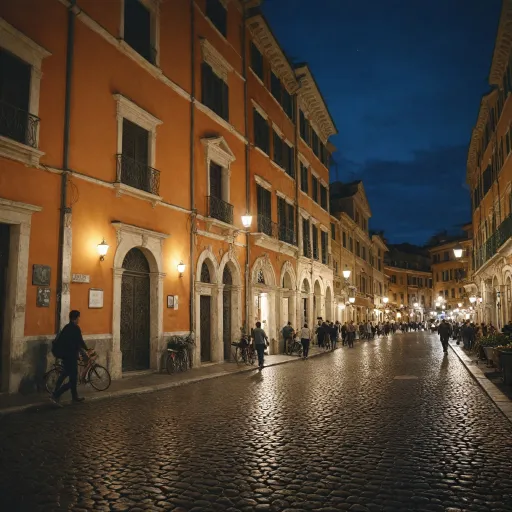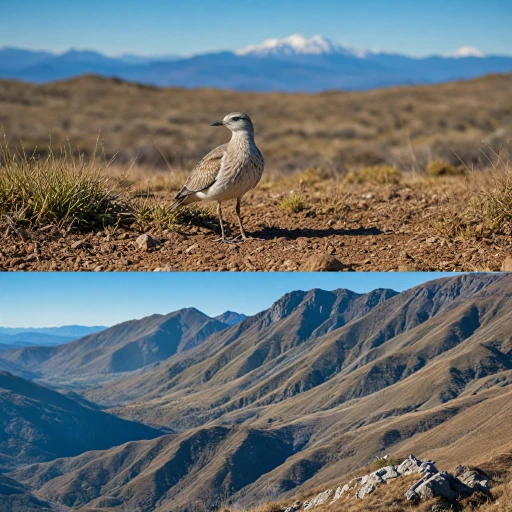
Factors Affecting Photo Storage Capacity
Elements that Influence Storage Potential
Understanding how many pictures a 32GB memory card can hold requires examining various factors that influence storage capacity. These factors encompass aspects such as image resolution, file size, and format, which are critical to how many photos the card can accommodate.- Image Resolution: The higher the camera's resolution, the larger the photo file size. Cameras with higher resolutions produce images with more detail, but this also means the photos take up more memory. Jpeg and raw file types vary significantly in their size due to their distinct qualities, affecting how many photos many cards can store.
- File Format: The format chosen plays a crucial role in storage. JPEG files are typically smaller as they are compressed images, making them more storage-friendly. Conversely, RAW files preserve more data and thus result in larger file sizes, decreasing the number photos a card can hold. This distinction is explored further in relation to quality settings and specifics about file types.
- Quality Settings: The settings on your camera also affect the file size. High-quality settings increase data retention and, consequently, file size, impacting the amount of storage needed per image. Adjusting these can help in optimizing the card's capacity.
Image Resolution and Its Impact
Resolution: A Key Determinant of Image Size
The resolution of an image is a critical factor that determines the number of photos a 32GB memory card can hold. At its core, resolution refers to the amount of detail an image holds, typically measured in megapixels for digital cameras. Higher resolutions result in more data being captured, thereby increasing the file size substantially.
When using a camera, it is crucial to understand how resolution impacts your storage needs. High-resolution images capture more detail, which is perfect for large prints, but these larger file sizes will fill up your memory cards more quickly. Conversely, lower resolutions result in smaller file sizes, allowing more photos to be stored on the same card.
- High-resolution images: These are best when image quality is prioritized and can be especially useful for professional photography. However, they will occupy more space on your memory card.
- Lower-resolution images: Suitable for sharing on social media or storing on devices with limited space, these smaller files will allow a 32GB card to hold significantly more pictures.
By adjusting the resolution settings on your camera, you can balance between quality and quantity, optimizing how many pictures your memory card can store. Ensuring you understand how these settings influence your storage options is essential for efficient photo management.
File Formats: JPEG vs. RAW
Choosing Between Formats: JPEG and RAW
Understanding the distinction between JPEG and RAW formats is essential when considering the capacity of your memory card and the number of images it can hold. Cameras typically offer the option to save photos in either the JPEG or RAW format, each having unique characteristics that affect storage capacity.- JPEG Format: JPEG images are compressed, making them significantly smaller in file size compared to RAW. This compression enables your memory card to hold many more JPEG photos. The average file size of a JPEG image varies depending on quality settings, but they generally range from 2MB to 5MB. Because of these smaller file sizes, a 32GB card can store a large number of JPEG images.
- RAW Format: Unlike JPEG, RAW photos preserve almost all the data captured by the camera sensor. This results in higher image quality but also larger file sizes. Typically, RAW files are 10MB to 30MB each, significantly reducing the number of pictures a memory card can store. However, RAW images provide greater flexibility in post-processing, allowing photographers to adjust exposure and white balance more effectively.
Estimating Photo Capacity: Practical Examples
Practical Examples to Gauge Photo Capacity
Understanding photo capacity on a 32GB memory card requires assessing several factors such as image resolution, file formats, and quality settings. Here's a practical approach to estimate how many photos your card can hold, using average file sizes derived from typical use cases.
- JPEG Photos: Given their compressed nature, JPEG files usually range from 2MB to 6MB depending on the settings of your camera. With an average file size of 4MB, a 32GB card can approximately store 8,000 JPEG photos. Quality settings such as "High" can push the file size bigger, leading to fewer photos.
- RAW Photos: Typically, RAW photos preserve more data, resulting in larger file sizes, commonly between 20MB to 50MB. Assuming an average RAW file size of 30MB, a 32GB card might store around 1,066 RAW photos. The exact number of RAW pictures the card can hold will depend greatly on the type of camera and its sensors.
To better optimize the number of pictures you can store, consider the type of file formats and the balance between image quality and file size.
Remember, faster memory cards might influence your shooting speed, especially for high-resolution images or shooting in burst mode. Align your card speed with your camera capabilities for optimal storage efficiency.
Tips for Maximizing Storage Efficiency
Maximize Your Memory Card Usage
- Optimize Quality Settings: Adjust the quality settings of your camera according to your photography needs. If you're not printing large photos, consider using a lower resolution to reduce file size. This can significantly increase the number of photos your card can hold.
- Choose JPEG When Appropriate: If image editing is not a priority, shooting in JPEG instead of RAW can save considerable space since JPEG files are substantially smaller than RAW files. This means you can store many more JPEG photos on the same card.
- Regularly Transfer Files: Make it a habit to transfer your photos from the memory card to another storage device. This ensures you always have ample space available on the card for new photos and helps in organizing your photo library.
- Use Multiple Cards: Keeping a few memory cards handy can help you avoid running out of space during important events. It also helps spread the risk of data corruption across multiple cards.
- Keep Cards Clean and Safe: Protect your cards from physical damage and exposure to extreme conditions. Keep them in a protective case to avoid moisture and dust.
- Consider Speed and Capacity: When purchasing memory cards, consider both the storage capacity and speed. Cards with higher speed ratings can improve camera performance, especially critical when capturing high-resolution images or shooting in burst mode.
Choosing the Right Memory Card for Your Needs
Choosing the Best Memory Card for Your Photography Needs
Selecting the right memory card for your camera involves understanding several factors directly related to your photography needs and habits. Here, we'll outline key considerations to guide your choice:- Card Size and Capacity: Larger card sizes, such as a 32GB memory card, can store more images, particularly useful if you're capturing high resolution photos or shooting in RAW format. The number photos a card can hold depends on the file sizes, which vary with image quality settings and file formats (JPEG or RAW).
- Speed Class Ratings: Check for speed ratings on memory cards, which determine how quickly data can be written to the card. High-speed cards are essential for professional cameras, especially if you're taking fast action shots or recording video in high definition.
- File Formats: Consider whether you shoot mostly in JPEG, RAW, or both. JPEG images require less storage, allowing a card to hold more photos, while RAW photos, offering higher quality, need more storage space.
- Durability and Reliability: Look for cards designed to withstand various environmental conditions, such as temperature changes or moisture. Reliable cards help mitigate risks of file corruption, ensuring your photos remain safe and secure.
- Camera Compatibility: Ensure the card is compatible with your camera model. Different cameras may support varying memory card types and sizes, so double-check the specifications for your device.

